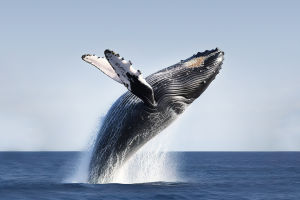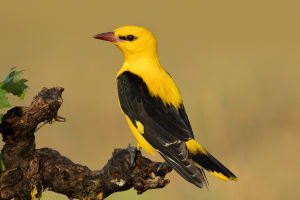The Resplendent Quetzal, known scientifically as Pharomachrus mocinno, is one of the most stunning birds in the world. With its vibrant feathers and deep connection to Central American culture and mythology, this species is more than just a bird—it’s a symbol of beauty and mysticism.
We’ll explore what makes the Resplendent Quetzal so unique, from its striking appearance to its fascinating behaviors and habitat.
Where Can We Find the Resplendent Quetzal?
The Resplendent Quetzal inhabits the cloud forests of Central America, stretching from southern Mexico to western Panama. These birds prefer high-altitude, mist-covered forests, where they can remain hidden away in the shadows of towering trees. The species is mostly found in the mountainous regions, where it thrives in cool, moist environments.
It’s important to note that while this bird is most commonly found in Central America, it also holds a significant place in regional myths, often regarded as a symbol of freedom and fertility.
What Does the Resplendent Quetzal Look Like?
The Resplendent Quetzal is known for its brilliant plumage. Males are especially striking, growing up to 64 centimeters long during the breeding season, with tail feathers that can exceed their body length. The male's vibrant green feathers shimmer in various shades depending on the angle, ranging from metallic green to bluish-purple. They also sport a unique crown-like crest, adding to their regal appearance.
Females are similarly beautiful but are generally less colorful, with darker plumage and black beaks compared to the male’s yellow beak. With a weight of approximately 210 grams, this bird is also one of the largest in its family.
What Is the Quetzal’s Diet and How Does It Help the Environment?
The Resplendent Quetzal is primarily a fruit-eater, with avocados being a particular favorite. They are also known to consume insects, such as ants, wasps, and larvae, and occasionally frogs. The Quetzals’ feeding habits play a crucial ecological role as they help in seed dispersal. After ingesting fruit, they regurgitate the seeds, contributing to the spread of plants in the forest. This process helps maintain the health and diversity of their forest environment.
Breeding and Parental Care: A Delicate Process
During the breeding season, the Resplendent Quetzal’s behavior changes, with males flaunting their long tail feathers and engaging in mating displays. Females carve out small holes in rotting trees to lay their light blue eggs, typically two in number. However, the reproductive success of these birds is closely tied to the availability of these damaged trees, which can be affected by storms or other environmental changes.
After the eggs are laid, both parents share the responsibility of incubating them, with males generally taking the day shift and females the night shift. The incubation period lasts around 18 days. Once the chicks hatch, both parents forage for food to feed their young, although it’s noted that the females tend to be less involved in raising the offspring, leaving much of the responsibility to the male.
Challenges in the Life of the Resplendent Quetzal
While the Resplendent Quetzal is undeniably beautiful, it is not an invulnerable species. The bird faces numerous threats from predators, including hawk-eagles, owls, large toucans, squirrels, and even honey bears. These predators pose a constant danger to the Quetzal, particularly when it is vulnerable during its nesting period.
Additionally, habitat loss due to deforestation and environmental changes significantly impacts the species’ population. As a result, the Resplendent Quetzal is classified as Near Threatened by the IUCN, highlighting the need for conservation efforts to protect this magnificent bird.
Why Should We Care About the Resplendent Quetzal?
The Resplendent Quetzal is not just a bird; it is a cultural icon and an indicator of the health of the ecosystems it inhabits. Protecting this species means protecting the cloud forests of Central America, which are home to countless other species of plants and animals. As we face the challenges of climate change and deforestation, the survival of the Resplendent Quetzal serves as a reminder of the delicate balance between humans and nature. We all have a part to play in preserving the biodiversity that sustains our planet.
A Call to Protect the Resplendent Quetzal
The Resplendent Quetzal remains a symbol of freedom, beauty, and cultural heritage. As we learn more about this remarkable bird and its importance to Central American ecosystems, we are reminded of the crucial role that conservation plays in preserving theworld's natural wonders. By protecting the Resplendent Quetzal, we are not only safeguarding a species but also the very forests that sustain life across the region.
Let’s all do our part to ensure that future generations will continue to witness the magnificence of the Quetzal in the wild.
Lykkers, have you ever seen a Quetzal in the wild or heard of its significance in local cultures? Share your thoughts with us!


